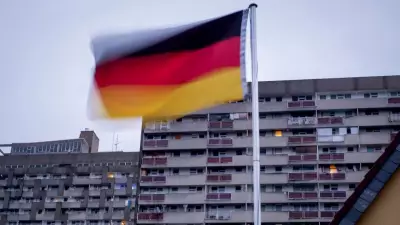
In a significant escalation of defensive capabilities, NATO forces are rolling out an advanced new system specifically designed to detect and neutralize Russian drones along the alliance's vulnerable eastern frontier. This sophisticated technology represents a direct response to the evolving aerial threats witnessed throughout the conflict in Ukraine.
A Coordinated Defensive Shield
The deployment marks a collaborative effort among multiple NATO members, creating an integrated network of surveillance and defensive measures. This system isn't just about shooting down drones—it's about creating a comprehensive early-warning and elimination capability that can identify hostile unmanned aerial vehicles before they become a direct threat to military installations or civilian areas.
Learning from the Battlefield
The technology being deployed has been informed by real-world combat experience in Ukraine, where Russian drones have played a crucial role in reconnaissance and attacks. Military analysts have studied the patterns and capabilities of these UAVs, developing countermeasures that can effectively disrupt their operations.
Key features of the new defense system include:
- Advanced radar and sensor technology capable of detecting small, low-flying drones
- Electronic warfare components to jam or take control of hostile UAVs
- Kinetic options for physically destroying drones when necessary
- Networked intelligence sharing between allied nations
Bolstering Eastern Flank Security
The deployment focuses specifically on NATO's eastern member states, which border Russia and its allies. This strategic positioning creates a protective barrier that extends from the Baltic region down to the Black Sea, addressing one of the alliance's most vulnerable points of potential confrontation.
Military officials emphasize that this defensive measure is purely reactive, designed to protect NATO territory rather than escalate tensions. However, it sends a clear message about the alliance's commitment to collective security in the face of emerging technological threats.





